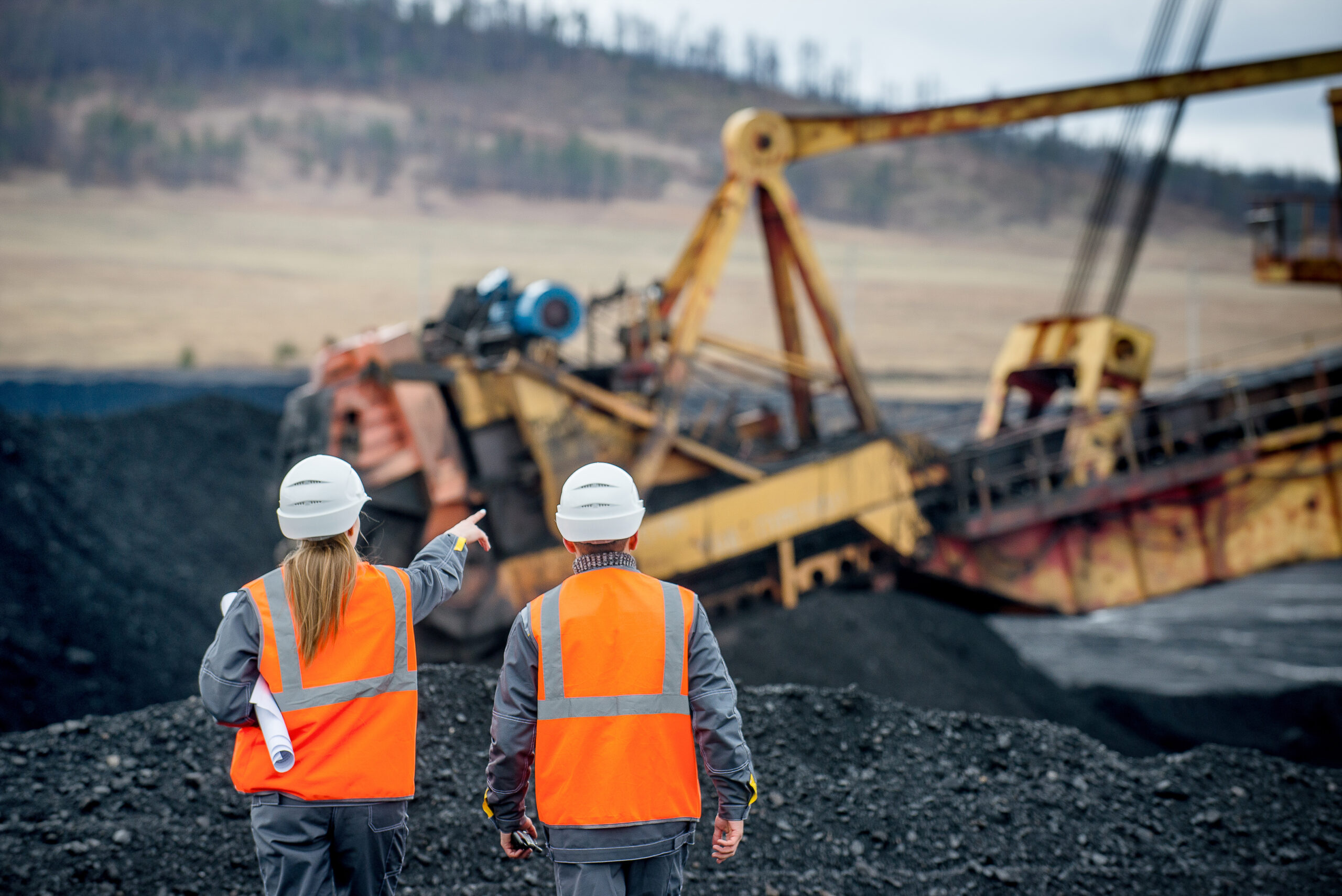
More about reshoring, less about China: Canada’s critical minerals strategy
by Sadi Muktadir

Canadian Manufacturing sat down with Jared Connors, ESG & Responsible Sourcing specialist and expert at Assent, to talk about Canada’s critical minerals strategy

Canadian Manufacturing sat down with Jared Connors, ESG & Responsible Sourcing specialist and expert at Assent, to talk about Canada’s critical minerals strategy, and the nation’s burgeoning role in electric vehicle manufacturing. (Credit: Assent)
Much has been made about Canada’s big new focus on electric vehicle manufacturing being part of this battery manufacturing supply chain.
Jonathan Wilkinson, Minister of Natural Resources, recently concluded a trip to Japan to tout the benefits of Canada’s clean energy and role in the supply chain, and Prime Minister Justin Trudeau announced a national Critical Minerals strategy in 2022 to try and promote and build Canada’s strong deposits of nickel, lithium, cobalt and other precious metals required in electric batteries.
Canadian Manufacturing sat down with Jared Connors, ESG & Responsible Sourcing specialist and expert at Assent, to talk about Canada’s critical minerals strategy, and the nation’s burgeoning role in electric vehicle manufacturing.
CM: What stood out to you about Canada’s critical minerals strategy announcement in 2022 and how Canada is trying to position itself globally for mining companies?
Jared Connors: What stood out to me right away was the focus on onshoring. Companies and governments are highly focused on supporting growing industries within their own countries. They’re trying to shorten supply chains, create more transparency and reduce geopolitical risks. They’re also now thinking about a new set of risks, like land-use rights affecting indigenous populations and environmental concerns for people who live here.
CM: Do you trust that our federal government has done the homework when it comes to onshoring with respect to indigenous land rights and environmental concerns?
Jared Connors: I’m not a political analyst so it’s probably not the best question for me to answer, but I will say that it will become very apparent very fast, if the government hasn’t. As OEMs and mining companies source materials downstream for battery materials, they’ll verify and be able to determine if those materials have been sourced responsibly.
CM: Isn’t one of the main reasons the Canadian government is exploring onshoring is because it isn’t tied to China, and we’re trying to create a more domestic supply chain?
Jared: Yes, in the sense that it’s more cost-effective to shorten the supply chain anyways. Companies don’t want to boycott China. They are, however saying ‘Is there a more sustainable way to create a supply chain with a smaller climate footprint?’ People definitely understand that a less complex supply chain reduces the climate footprint as well.
CM: Are there other areas that OEMs should be looking at when it comes to reshoring, such as regulatory rules that might be a barrier currently for OEMs to improve their supply chain?
Jared: OEMs certainly should, if they don’t already. We, for example, have a program for social accountability and governance practices to measure supply chains and we can say that indigenous land rights use is a huge part of what affects the social responsibility of their supply chain. If global companies aren’t doing that right now, how would they accomplish that for a reshoring process? There are standards out there to support the validation of the risk issues around land usage and water scarcity rights.
CM: What does the validation process look like when it comes to an OEM that wants to explore reshoring, and may have questions about some of the risks.
Jared: No matter where you are in the process, you have the option to go through a risk evaluation and determine where the mining company or manufacturer is at. If you can create a behavior change and create a concern for land-use rights or environmental concern, then you’ll be able to help create a more resilient critical minerals supply chain here at home.
CM: Thank you for your time Jared!